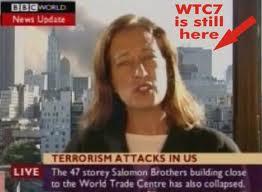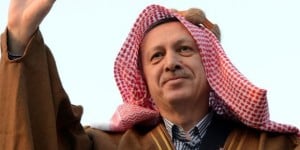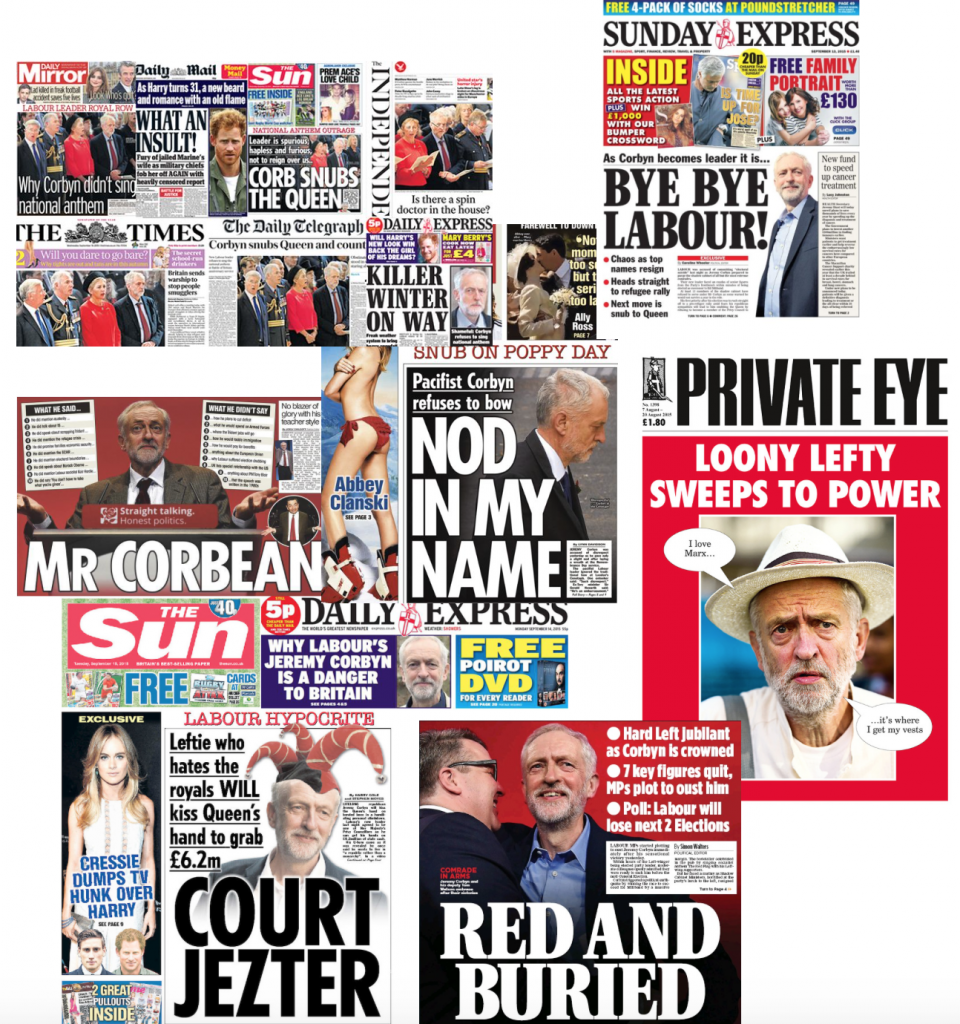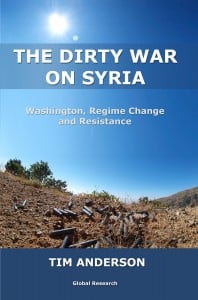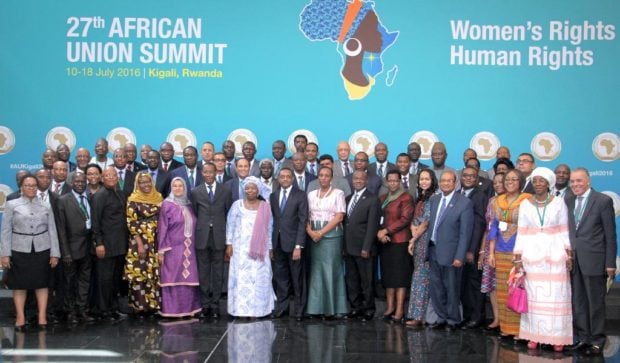The Twilight of NATO
July 21st, 2016 by Thierry Meyssan
The summit of the chiefs of staff and governmement of NATO has just finished its meeting in Warsaw (7 and 8 July 2016). It should have been the triumph of the United States over the rest of the world, but was in fact the beginning of its downfall.
Let’s remind ourselves of what NATO means.
What the Atlantic Alliance used to be
When the European elites were panicking at the idea of the possible accession to power by the Communist Parties after the Second World War, in 1949, they sought refuge under the «umbrella» of the United States. Above all, this was a means for them to present a threat to the Soviets in order to dissuade them from supporting the Western Communists.
The Western states progressively extended their alliance, in particular by adding, in 1955, Western Germany, which had just been authorised to rebuild its army. Worried about the capacities of the Alliance, the USSR responded by creating the Warsaw Pact six years after the creation of NATO.
However, with the Cold War, the two alliances evolved in an imperial fashion – on one hand, NATO, dominated by the United States and, to a lesser extent, by the United Kingdom, and on the other, the Warsaw Pact, dominated by the Soviet Union. As a result, it became impossible to abandon these structures – NATO did not hesitate to use its Gladio network to organise various coups d’état and preventive political assassinations, while the Warsaw Pact openly invaded Hungary and Czechoslovakia, which had shown signs of wanting their independence.
Even before the fall of the Berlin Wall, the Soviet Union put an end to this system. Mikhaïl Gorbatchev allowed each member of the Warsaw Pact to declare their independence («My Way»), which he ironically named his «Sinatra doctrine». When the USSR collapsed, its allies dispersed, and it took several years of stabilisation before the present Collective Security Treaty Organization (CSTO) could be constituted. Having learned from past errors, the CSTO was based on the strict equality of its member states.
It is worth noting, by the way, that both NATO and the Warsaw Pact are organisations which are contrary to the United Nations Charter, since their member states lose their independence by agreeing to place their troops under US or Soviet command.
Unlike Russia, the United States have remained an empire, and continue to use NATO to batter their allies into obedience. The initial objective of pressuring the Soviets so that they would refrain from helping the Western Communists to gain power, no longer has any meaning. So all that is left now is US guardianship.
In 1998, NATO waged its first war, against a tiny state (presently Serbia) which posed no threat whatsoever. The United States deliberately created the condition for the conflict, forming the Kosovar terrorist mafia which operated from the Turkish base of Incirlik, organising a terror campaign in Serbia, then accusing the Serbian government of repressing it with disproportionate force. Once the NATO anvil had crushed the Serbian fly, it was noted in the chancelleries that the Alliance was in fact extremely unwieldy and mostly inefficient. This is when profound reforms were initiated.
The Alliance since the 11 September 2001
With the disappearance of the USSR, there remained no state in the world capable of military confrontation with the United States, and thus even less with NATO. At this point, it should have disappeared, but nothing of the sort happened.
First of all, a new enemy sprang into being – terrorism, which struck at various capitals of the Alliance, forcing the member states to support one another.
Of course, there is no common measure between the erstwhile Warsaw Pact and a band of bearded fanatics holed up in a cave in Afghanistan. Nonethless, all the member states of NATO pretend to believe – since they have no choice – that the only way to protect their populations is by signing the NATO communiqués, and holding firm to their obligatory unilateral discourse.
Despite an abundant historical literature, the Western powers have still not understood that NATO was originally created by their governing classes for use against them, and that today, it is being used by the United States against their elites. The case is a little different for the Baltic states and Poland, which entered into the Alliance only recently, and are still at the stage of elitist fear of the Communists.
The almost unlimited geographical zone of the Alliance
If NATO were a defensive alliance, it would limit itself to the defence of its member states, but instead of that, it has expanded its zone of geographical intervention. When we read the final communiqué from the Warsaw meeting, we can not avoid noting that NATO interferes in everything; from Korea – where the United States have still not signed a peace treaty with the Democratic Republic; to Africa – where the Pentagon still hopes to base AfriCom. The only part of the world which continues to escape NATO influence is Latin America, a zone which has long been reserved by Washington («the Monroe doctrine»). Everywhere else, the vassals of the Pentagon are invited to send their troops to defend the interests of their overlord.
The Alliance today is involved in all current wars. It was the Alliance that coordinated the fall of Libya, in 2011, after the commander of AfriCom, General Carter Ham, had protested against the use of Al-Qaïda to overthrow Mouamar el-Kadhafi. It was the Alliance, in 2012, that coordinated the war against Syria from the installation of the Allied Land Command at Izmir in Turkey.
Little by little, non-European states have been integrated into NATO, with different levels of participation. The latest members are Bahreïn, Israël, Jordan, Qatar and Kuwait, who each have an office at the Alliance headquarters since the 4 May.
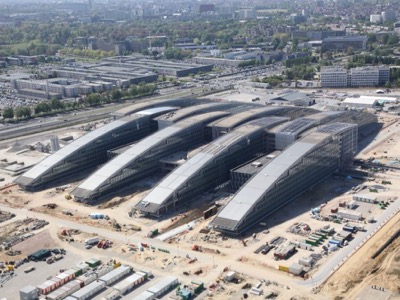
- The new headquarters of the Alliance, in Brussels, has just been built for the modest sum of one billion dollars.
What the Alliance is today
Each member state is required to arm itself in preparation for the next round of wars, and to dedicate 2% of its GDP to this preparation, even if, in reality, this is far from being an accurate figure. Since the weapons have to be compatible with NATO standards, members are invited to buy them from Washington.
Of course, there are still some national arms producers, but not for much longer. Over the last twenty years, NATO has systematically pressured for the destruction of the military and aeronautical industries of its member states, except for those of the United States. The Pentagon had announced the creation of a multirole combat aircraft at unbeatable prices, the F-35 Joint Strike Fighter. All states ordered them and closed down their own industries. Twenty years later, the Pentagon has still not managed to produce a single one of these ingenious planes, and is forced instead to present jerry-rigged F-22’s at the various arms fairs. Their clients are constantly solicited to help finance research, while Congress is studying the possibility for a reboot of the production of old planes, because in all probablilty, the F-35 will never see the light of day.
So NATO functions like a mafia racket – those who don’t pay will have to get used to terrorist attacks.
Now that the United States have backed their allies into a position of dependency on their military industry, they have ceased to update it. Meanwhile, however, Russia has rebuilt its own arms industry, and China is close behind. The Russian army has already out-produced the Pentagon in terms of conventional equipment. The system it deployed in Western Syria, the Black Sea and in Kaliningrad enabled it to scramble the communications networks of NATO, which had to abandon the surveillance of these regions. In terms of aeronautics, Russia has already produced multirole combat aircraft which, amongst their other functions, are capable of turning Alliance pilots green with envy. As for China, it will probably overtake NATO in terms of conventional weaponry within the next two years.
So the Allies are now witnessing the decline of the Alliance, and consequently their own decay, without reaction – with the exception of the United Kingdom.
The case of Daesh
After the hysteria of the 2000’s about al-Qaïda, a new enemy now threatens us — the Islamic Emirate in Iraq and the Levant — or «Daesh». All member states have been invited to join the «Global Coalition» (sic) and overthrow it. The Warsaw summit congratulated itself for its victories in Iraq and even in Syria, despite the «military intervention of Russia, and its important military presence and support for the régime» which represent a «source of risk and extra challenges for the security of the Allies» (sic) [1].
Since everyone knows that the Islamic Emirate was created in 2006 by the United States, we are now told that the organisation has today turned against them, just as we were told the same story about al-Qaïda. And yet, on the 8 July, while the Syrian Arab Army was fighting several terrorist groups, including Daesh, in the East of Homs, the US Air Force flew in to cover the terrorists for four hours. This time was used by Daesh to methodically destroy the pipeline linking Syria, Iraq and Iran. Or again, during the terrorist attacks of the 4 July in Saudi Arabia (especially the attack across the street from the US Consulate in Jeddah, Daesh used high-tech military explosives which only the Pentagon possesses. So it is not difficult to understand that while the Pentagon is fighting the Islamic Emirate in certain zones, it is simultaneously supplying them with weapons and logistical support in other zones.
The Ukranian example
The other bogeyman is Russia. Its «aggressive actions (…) including its provocative military activities on the periphery of NATO territory, and its avowed intention to attain its political objectives by threat or by the use of force, constitute a source of regional instability, and represent a fundamental challenge for the Alliance» (sic).
The Alliance blames Russia for having annexed Crimea, which is true, but denies the context of the annexation – the coup d’état organised by the CIA in Kiev, and the installation of a goverment of which several members are Nazis. In short, the members of NATO are allowed to do what they want, while Russia is charged with violating the agreements it concluded with the Alliance.
The Warsaw summit
The summit did not enable Washington to plug the leaks. The United Kingdom, which has just put an end to its «special relation» by leaving the European Union, has refused to increase its participation in the Alliance to compensate for its cancelled partnership in the EU. London is presently hiding behind its coming change of government in order to avoid questions.
At best, they have been able to make two decisions – to install permanent bases along the Russian frontier and to develop the anti-missile shield. Since the first decision is contrary to NATO’s engagements, it will probably proceed by installing troops on an alternate basis so that there will never be a permanent contingent, but soldiers will always be present. The second decision consists of using Allied territory to deploy US soldiers and a weapons system. In order to avoid annoying the populations they will be occupying, the United States have accepted to place the anti-missile shield not under their own command, but under that of NATO. However, this is a change which only exists on paper, because the Supreme Commander of the Alliance, currently General Curtis Scaparrotti, must be, by obligation a US officer named by the President of the United States alone.
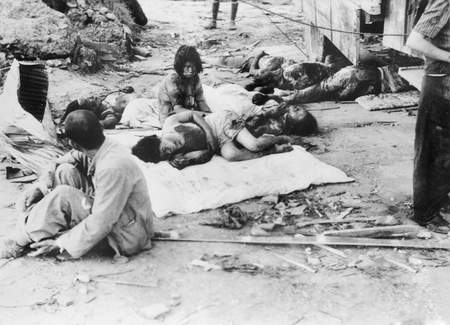
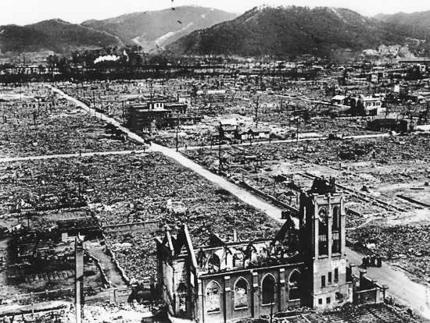
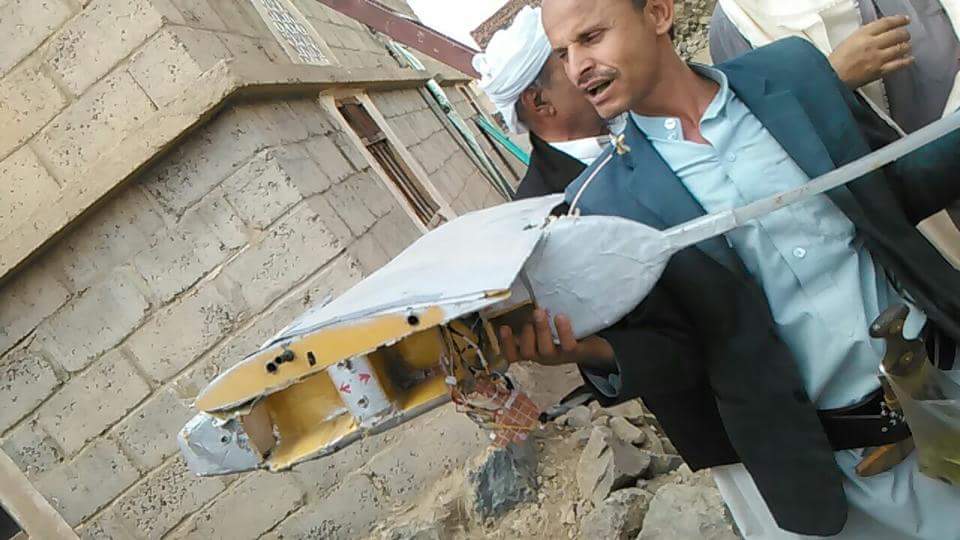
 Zionism stands today as the last vestige of the 20th century movements committed to radical social transformation. Ben-Gurion was an admirer of Lenin; one can better understand the daring character of the Zionist project through his admiration of the Bolshevik overhaul of Russia: ‘the great revolution, the primordial revolution, which has been called upon to uproot present reality, shaking its foundations to the very depths of this rotten and decadent society.’ Most founding fathers of Zionism had just as negative, and arguably anti-Semitic views of the Jews they proposed to regenerate and rehabilitate.
Zionism stands today as the last vestige of the 20th century movements committed to radical social transformation. Ben-Gurion was an admirer of Lenin; one can better understand the daring character of the Zionist project through his admiration of the Bolshevik overhaul of Russia: ‘the great revolution, the primordial revolution, which has been called upon to uproot present reality, shaking its foundations to the very depths of this rotten and decadent society.’ Most founding fathers of Zionism had just as negative, and arguably anti-Semitic views of the Jews they proposed to regenerate and rehabilitate.














